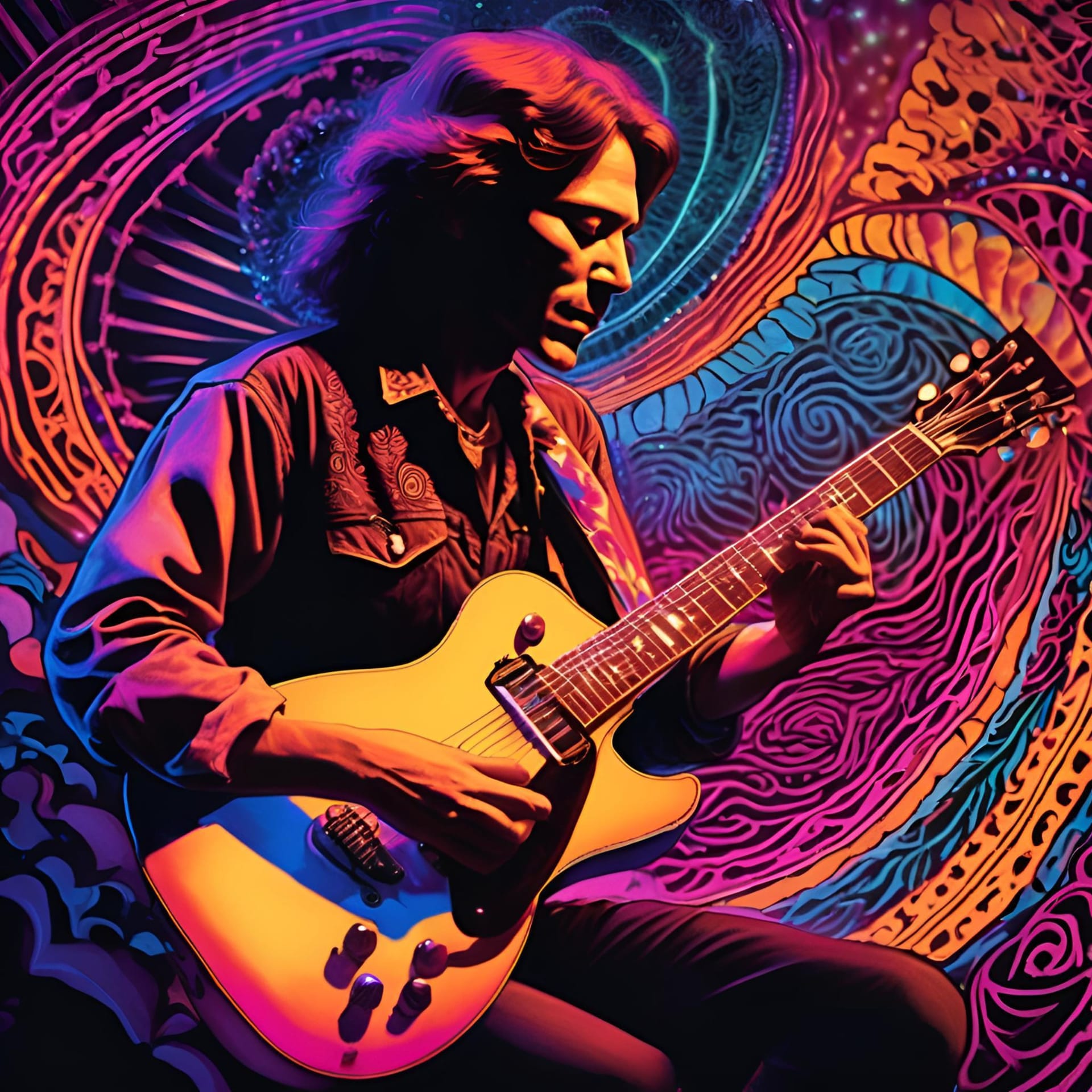
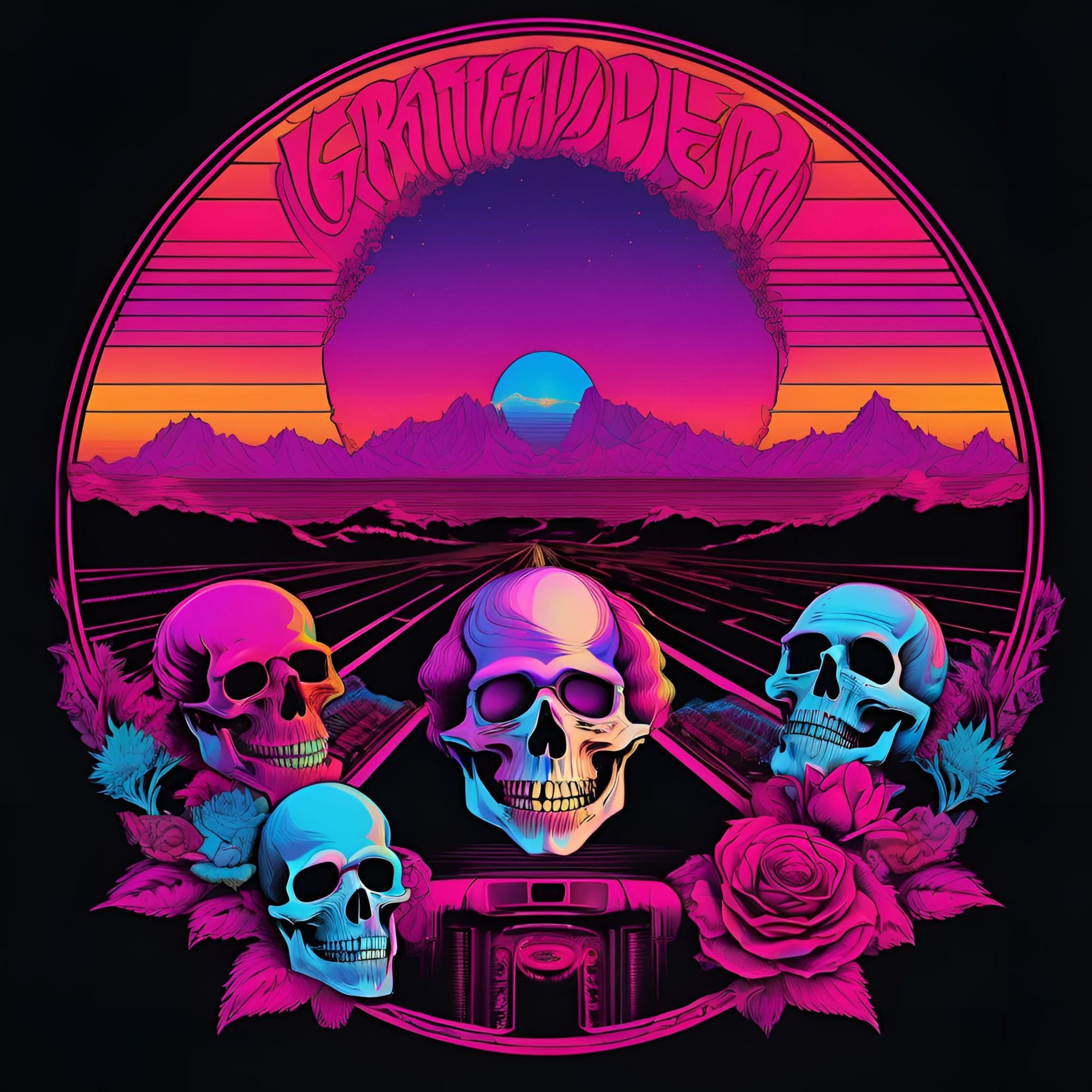

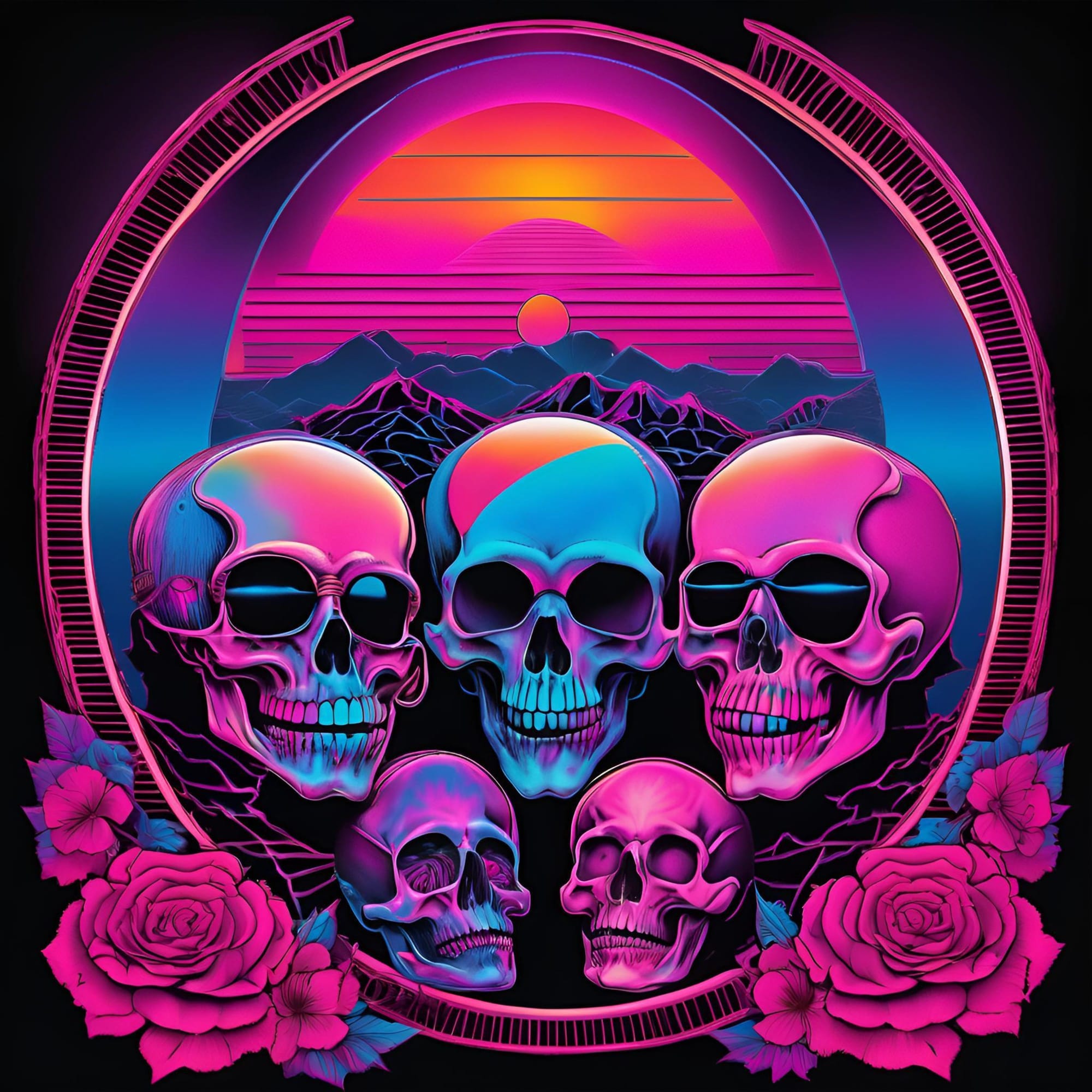
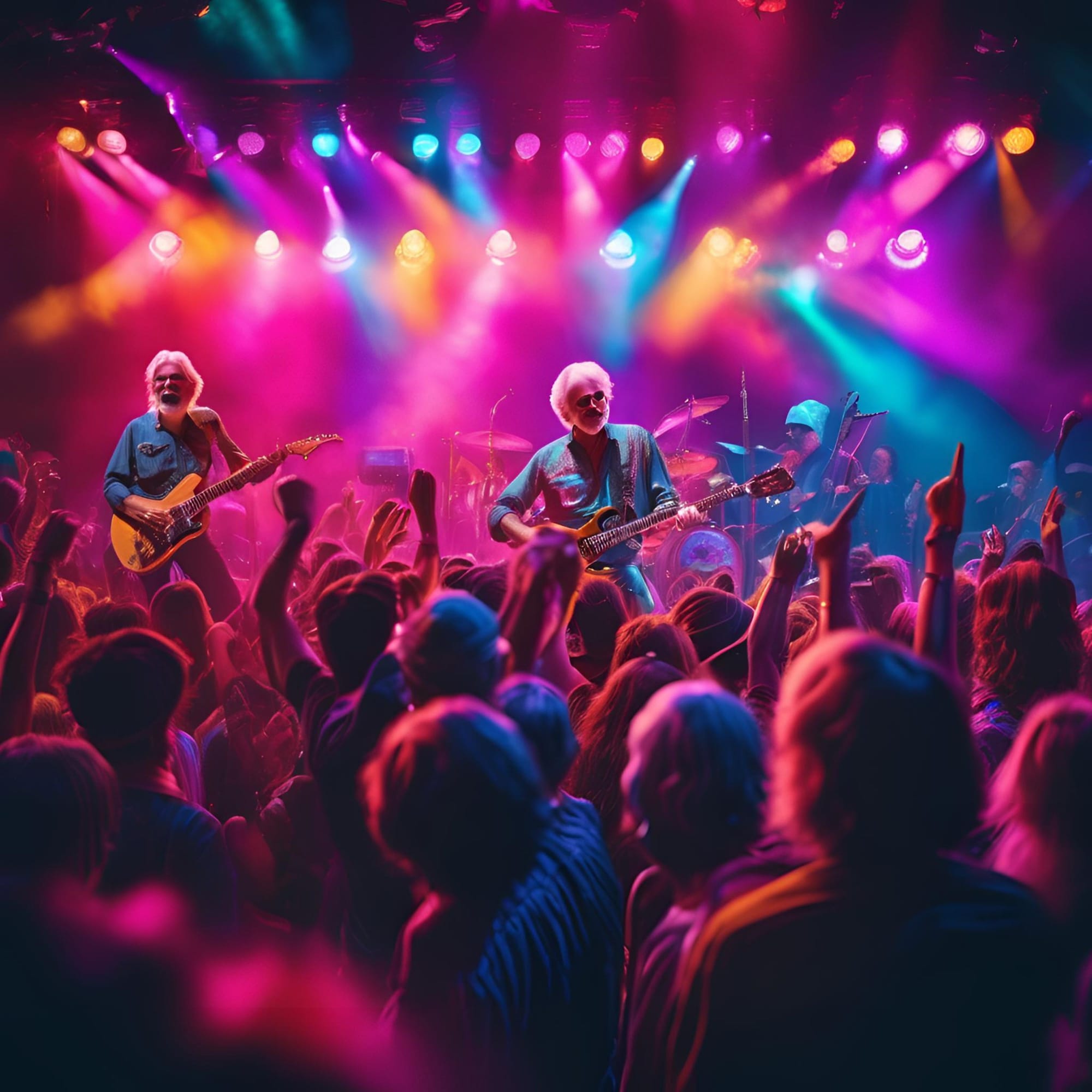
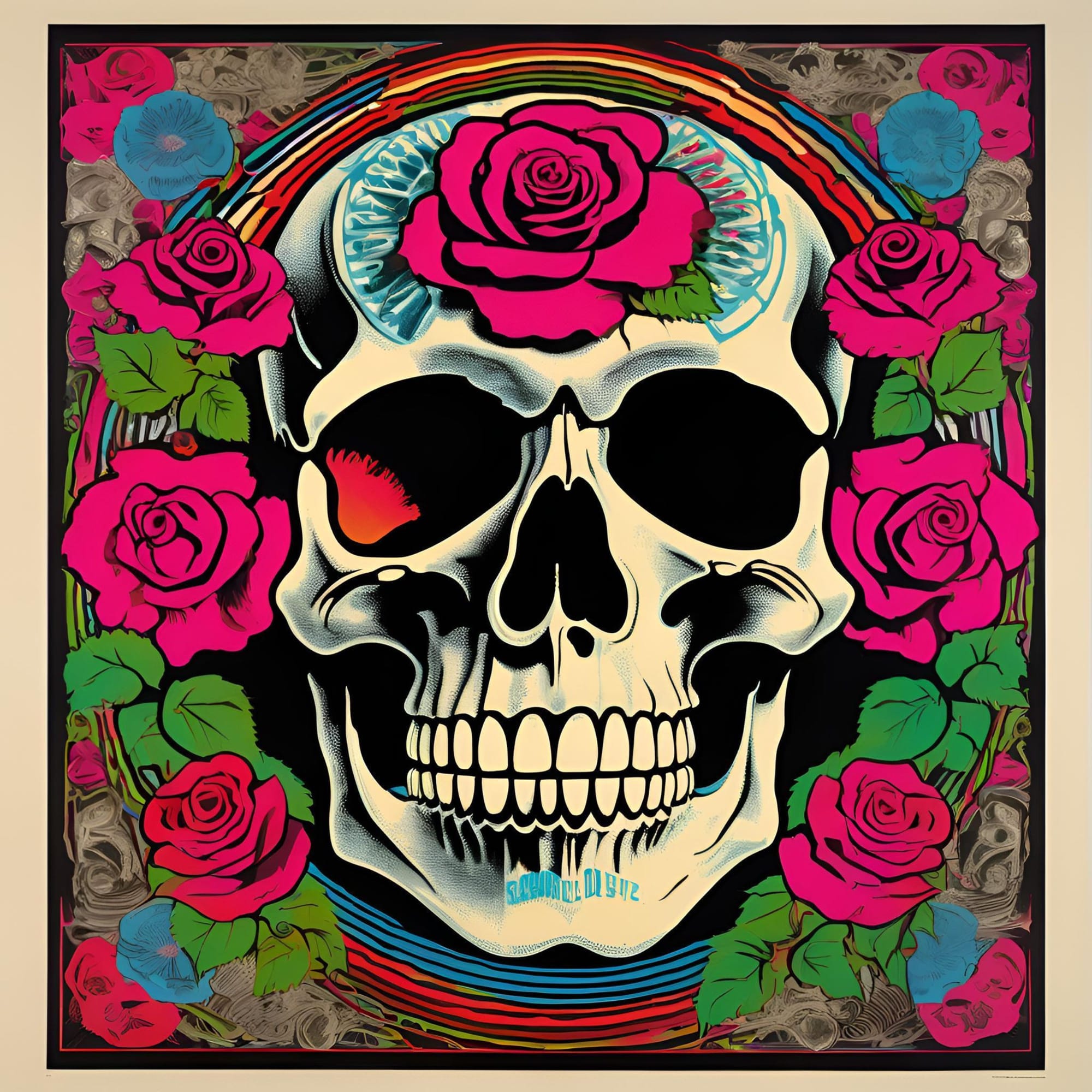
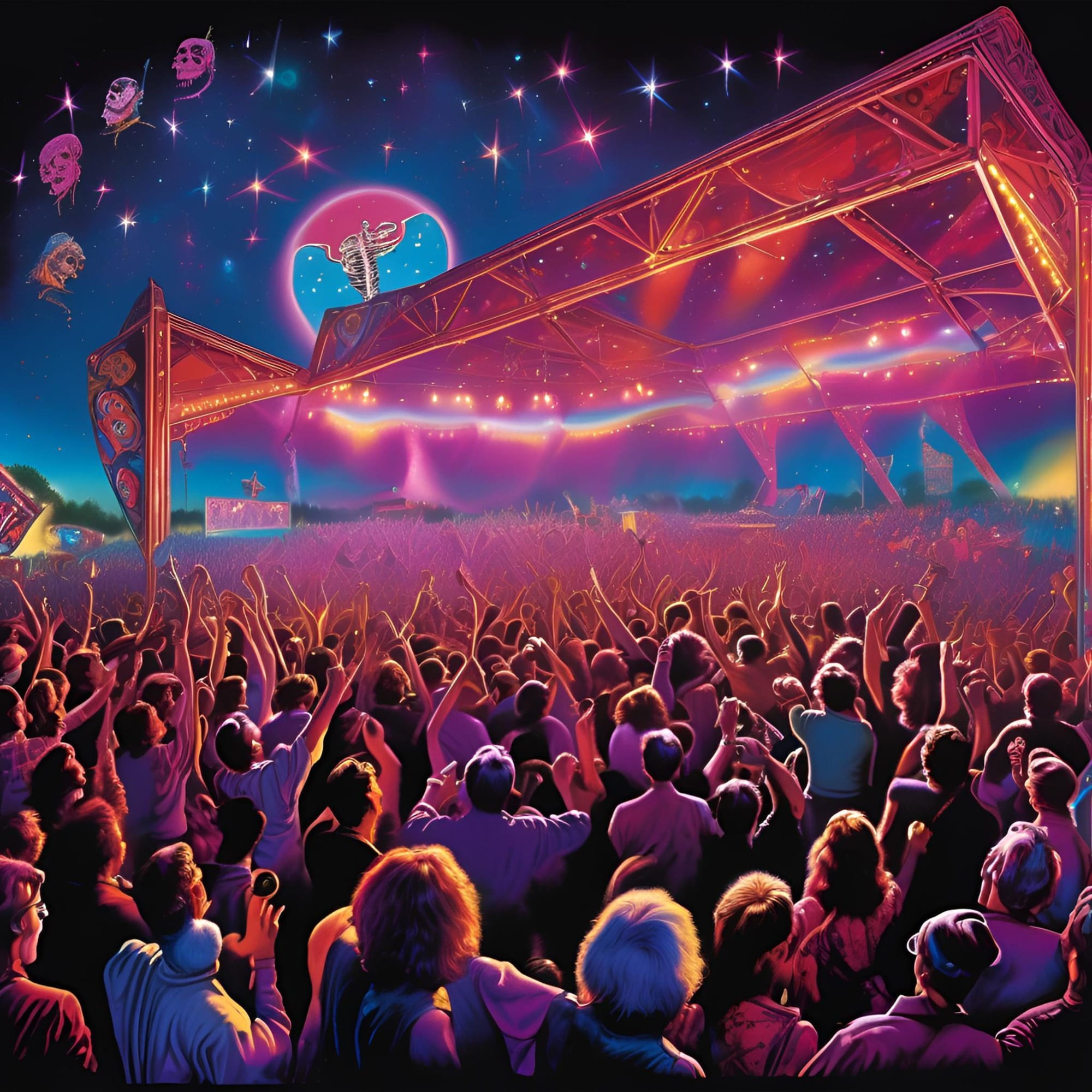
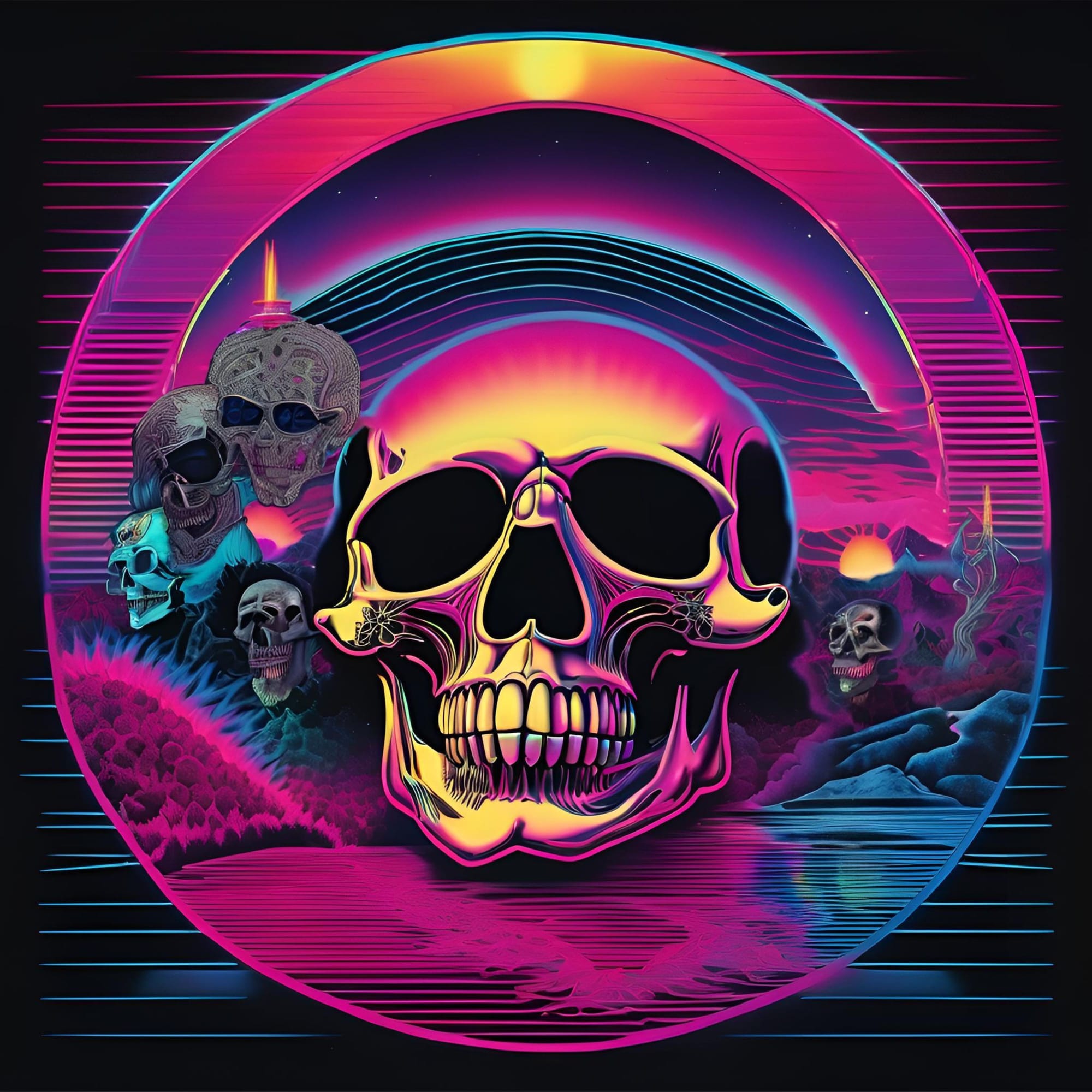

buymeacoffee.com coming soon..
Introduction to the Timeless Appeal of the Grateful Dead
The Grateful Dead, a band that emerged from the vibrant counterculture of the 1960s, has transcended the limits of time and space to maintain a devoted following decades after their dissolution. Although the original band ceased performing in 1995 with the passing of lead guitarist Jerry Garcia, the essence of the Grateful Dead continues to resonate with new generations of fans. This phenomenon raises the question: what is it about their music, ethos, and legacy that allows the Grateful Dead to remain relevant and beloved, even as the world around us evolves?
At the heart of their timeless appeal is a unique blend of musical innovation, cultural significance, and an unwavering sense of community. The band’s willingness to explore improvisation and live performance created a sound that was both fluid and ever-changing, embodying the spirit of exploration that defined the era. Moreover, their lyrics often touch on themes of love, loss, and the human experience, providing a deep emotional connection for listeners.
As we delve into the cultural impact of the Grateful Dead, we will explore the ways in which they shaped the landscape of psychedelic music, contributed to live music culture, and left an indelible mark on popular media. We will also examine the vibrant fan community that continues to thrive, bridging generational gaps and fostering connections among those who share a love for the band’s music. Finally, we will look at how their musical evolution and improvisational style have influenced modern bands and inspired tribute acts that keep their spirit alive.
In a world where musical trends come and go, the Grateful Dead's legacy endures, reminding us that great art has the power to transcend time. Whether you’re a longtime fan or a newcomer intrigued by their story, the Grateful Dead still rocks, inviting us all to join in the celebration of a musical journey that knows no end.
The Cultural Impact of the Grateful Dead
The Grateful Dead, born from the vibrant cultural landscape of the 1960s, transcended mere musicality to become a significant cultural phenomenon that continues to resonate today. Their influence spans various dimensions of music, community, and media, shaping not only their generation but also those that followed.
Influence on Psychedelic Music
At the heart of the Grateful Dead's cultural impact lies their pioneering role in the psychedelic music movement. Emerging from the San Francisco music scene, the band's sound was marked by a unique fusion of rock, folk, blues, and jazz, characterized by extended improvisational jams and a willingness to experiment with musical boundaries. Their live performances were a canvas for spontaneous creativity, inviting audiences to experience music in a way that was both personal and communal. Tracks like "Dark Star" and "The Other One" exemplified their innovative approach, where songs often morphed and evolved in real-time, reflecting the improvisational spirit of the era. This ethos not only influenced contemporaries such as Jefferson Airplane and The Doors but also set the stage for future genres, including jam bands, indie rock, and even electronic music.
Contribution to Live Music Culture
The Grateful Dead redefined the concert experience, turning it into a communal ritual rather than just a performance. Their concerts became legendary, drawing fans from all walks of life who sought a shared experience that transcended the typical rock show. This sense of community was facilitated by their distinctive approach to touring, which included a commitment to playing in diverse venues across the country, often returning to the same locations year after year. The band’s embrace of a "tape trading" culture allowed fans to share recordings of live performances, further solidifying a sense of belonging among the Deadhead community. This practice not only democratized access to their music but also fostered a unique relationship between the band and their fans, one where each concert was a new, unrepeatable experience.
Legacy in Popular Media
The cultural significance of the Grateful Dead extends well beyond the music itself; their influence permeates popular media and the arts. The band's aesthetic, characterized by vibrant artwork, iconic logos such as the "Steal Your Face" skull, and elaborate posters, has been embraced and reinterpreted in various forms of visual art. Films, documentaries, and books have chronicled their journey, exploring themes of friendship, freedom, and the quest for authenticity in a rapidly changing world. The Grateful Dead's music and ethos have found their way into contemporary television, film soundtracks, and even advertising, proving that their impact is not confined to a specific era but continues to inspire new generations. Their legacy is a testament to the power of music as a unifying force, capable of bridging gaps across time and cultural divides.
In essence, the Grateful Dead's cultural impact is a multifaceted tapestry woven from the threads of innovation, community, and artistic expression. Their ability to foster a sense of connection among diverse audiences while pushing the boundaries of musical form ensures that their influence will endure long after the last note has faded.
The Grateful Dead Fan Community
The Importance of Community and Connection
At the heart of the Grateful Dead phenomenon lies a vibrant and diverse fan community that transcends generations. From the early days of the band in the 1960s to the present, the Deadheads—a term affectionately used to describe the band’s devoted followers—have formed an intricate tapestry of connection that goes beyond mere fandom. This community is built on shared experiences, mutual respect, and a deep appreciation for the music that brought them together. Whether gathered at concerts or sharing stories online, fans find solace in their collective love for the band’s unique sound and ethos.
The Grateful Dead’s concerts were not merely musical events; they were communal gatherings, spaces where fans could express themselves freely and connect with like-minded individuals. This sense of belonging has persisted even after the band’s last performance in 1995. Today, Deadheads continue to uphold the ideals of peace, love, and community, fostering bonds that can last a lifetime.
Generational Bridges Among Fans
One of the most remarkable aspects of the Grateful Dead fan community is its ability to bridge generational gaps. Baby boomers who danced in the aisles during the band’s prime have passed down their passion to younger generations, creating a rich tapestry of fans across age groups. Parents often introduce their children to the band’s music, sharing cherished memories and favorite songs, while younger fans bring fresh energy and perspectives to the community.
This intergenerational exchange helps to keep the spirit of the Grateful Dead alive. Festivals and tribute shows attract a diverse audience, where grandparents can revel alongside their grandchildren, united by the same songs that have stood the test of time. The music serves as a conduit for storytelling, with fans recounting their experiences and the profound impact the band has had on their lives. In this way, the Grateful Dead's legacy continues to inspire and connect people of all ages.
Continuing Traditions and Festivals
The tradition of celebrating the Grateful Dead’s music is alive and well, manifesting in various festivals, tribute concerts, and gatherings across the country and beyond. Events such as the annual "Grateful Dead Day" and festivals like "Dead & Company" and "The Gathering of the Vibes" draw thousands of fans eager to celebrate the band’s enduring influence. These gatherings often feature not only music but also art, workshops, and a shared ethos of creativity and community.
Tribute bands, such as Dark Star Orchestra and Jerry’s Middle Finger, keep the music alive by performing entire sets of the Grateful Dead’s catalog, often emulating the spontaneity and improvisational spirit that the original band was known for. These performances allow fans to relive the live experience, fostering a sense of nostalgia while welcoming new listeners into the fold.
The Grateful Dead fan community thrives on the shared experience of live music, creating an environment where everyone, regardless of age or background, can feel welcome. With each festival and concert, the legacy of the Grateful Dead continues to grow, proving that the music—and the connections it fosters—are timeless.
The Evolution of Grateful Dead Music
The Grateful Dead's music has undergone a remarkable evolution since their formation in the mid-1960s, leaving a lasting impact that resonates in the fabric of contemporary music. Their unique sound, a fusion of rock, folk, blues, and jazz, not only defined their era but also laid the groundwork for countless modern bands.
How Their Sound Has Influenced Modern Bands
The Grateful Dead's eclectic approach to music has inspired a diverse array of artists across genres. Bands such as Phish, Widespread Panic, and Umphrey's McGee have all drawn from the Dead's improvisational style and commitment to live performance, creating a new wave of jam bands that continue to keep the spirit of the Grateful Dead alive. Elements such as extended jams, seamless transitions between songs, and a willingness to explore the boundaries of musical genres have become hallmarks of the jam band scene. Even artists outside of this niche, like the string band Old & In The Way or the rock group My Morning Jacket, cite the Dead as a significant influence, showcasing their wide-reaching impact.
The Role of Improvisation in Their Music
At the heart of the Grateful Dead's allure is their unparalleled ability to improvise. Each concert was a unique experience, with songs that could take unexpected turns or evolve into entirely new journeys. This improvisational philosophy allowed band members to explore their musical ideas freely, resulting in a sound that was ever-changing and vibrant. For many fans, the unpredictability of a live show was as thrilling as the music itself. This commitment to spontaneity has inspired modern musicians to embrace improvisation as a core element of their performances, fostering an environment where creativity flourishes.
New Interpretations by Tribute Bands
Even in the absence of the original lineup, the Grateful Dead's music continues to thrive through numerous tribute bands and spin-offs, such as Dead & Company and Joe Russo's Almost Dead. These groups not only pay homage to the original sound but also reinterpret and breathe new life into the Dead's catalog. Their performances attract both longtime fans and new listeners, ensuring that the music remains relevant and accessible. By crafting fresh arrangements while staying true to the essence of the Grateful Dead, these tribute bands play a crucial role in keeping the band's legacy alive, allowing the music to evolve while remaining anchored in its rich history.
In conclusion, the evolution of Grateful Dead music highlights the band's profound and lasting influence on modern music. From shaping the jam band phenomenon to inspiring improvisational techniques in contemporary performances, the spirit of the Grateful Dead continues to resonate, reminding us all that great music knows no bounds and transcends time.
Conclusion: The Enduring Spirit of the Grateful Dead
In an era where musical trends come and go at breakneck speed, the Grateful Dead remains a beacon of artistic innovation and cultural resonance. Though the original band may have ceased to exist, their spirit lives on through the music, the community, and the ethos they cultivated. The timeless appeal of their sound, characterized by a unique blend of rock, folk, jazz, and blues, continues to inspire both seasoned fans and new generations of listeners.
The Grateful Dead's influence is palpable not only in the realm of music but also in the way it has shaped the broader landscape of live performances and festival culture. Their commitment to improvisation and spontaneity has paved the way for countless artists, encouraging them to embrace creativity and authenticity in their craft. As tribute bands carry the torch, reinterpreting classic songs and breathing new life into timeless jams, the essence of the Grateful Dead is revitalized for audiences eager to connect with a legacy that transcends time.
Moreover, the vibrant community surrounding the Grateful Dead is a testament to the power of music to forge lasting bonds. Fans from diverse backgrounds and generations come together to share in the experience, creating an inclusive environment that celebrates the joy of connection through shared musical journeys. This sense of belonging is particularly poignant in today's fast-paced world, where the quest for genuine connection has never been more relevant.
As we reflect on the enduring spirit of the Grateful Dead, it becomes clear that their impact extends far beyond their years of active performance. They have left an indelible mark on the fabric of music and culture, inviting us all to embrace the improvisational nature of life itself. The Grateful Dead may not exist in the traditional sense, but their music continues to resonate, inviting every listener to become part of a larger narrative—one where gratitude, community, and the joy of the moment reign supreme. In this way, the Grateful Dead indeed still rocks, echoing through the hearts and minds of those who dare to listen.

